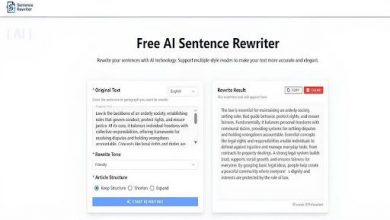Dissolving Boundaries: Qiaosi Chen's When U Look at Me
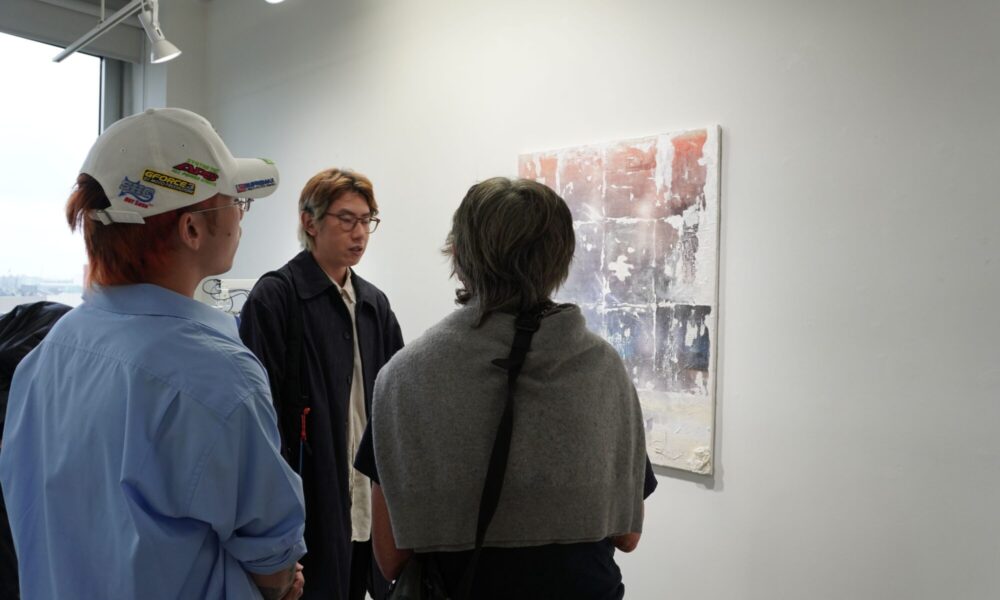
In the heart of Brooklyn’s burgeoning contemporary art scene, A Space Gallery has swiftly become a proving ground for art talents. Since its founding, A Space Gallery has earned a reputation for its forward-thinking curatorial approach to experimental practice, offering a platform for established artists to explore the urgencies of our time. In June 2025, it presented Breath in Collapse (June 15–29, 2025), a group exhibition curated by Ruotai Tang and Yichen Ji that brought together a roster of interdisciplinary artists — including Qiaosi Chen — to explore collapse not as a terminus but as a generative rupture, a site where disorder gives way to transformation. Across a tightly curated constellation of works, themes of ecological instability, technological overload, and fragmented identity converged into a raw, poetic meditation on fragility and adaptation.
Building on the momentum of this exhibition, A Space Gallery was also selected through the competitive application process of the 2025 New York edition of the FOCUS Art Fair. Representing New York’s local art scene on this international stage, the gallery featured its roster of artists — again including Chen — to an audience of collectors, curators, and critics from around the world. Founded in Paris in 2017 by Sungmin Hong and Jungwon Lee, FOCUS Art Fair has already staged more than forty-five exhibitions across Paris, London, Porto, and New York, becoming a reliable barometer for cutting-edge contemporary practice. The fair pioneers an immersive model, partnering with leading international brands and tech innovators to “build a new art ecosystem,” complete with VIP salons, experiential programming, and real-time digital integrations. An invitation to exhibit — such as A Space Gallery’s booth at the 2025 New York edition — not only offers commercial exposure but also serves as an independent stamp of authority, signaling that participating artists have met the fair’s rigorous curatorial standards and now share a stage with some of the most forward-looking voices in contemporary art.
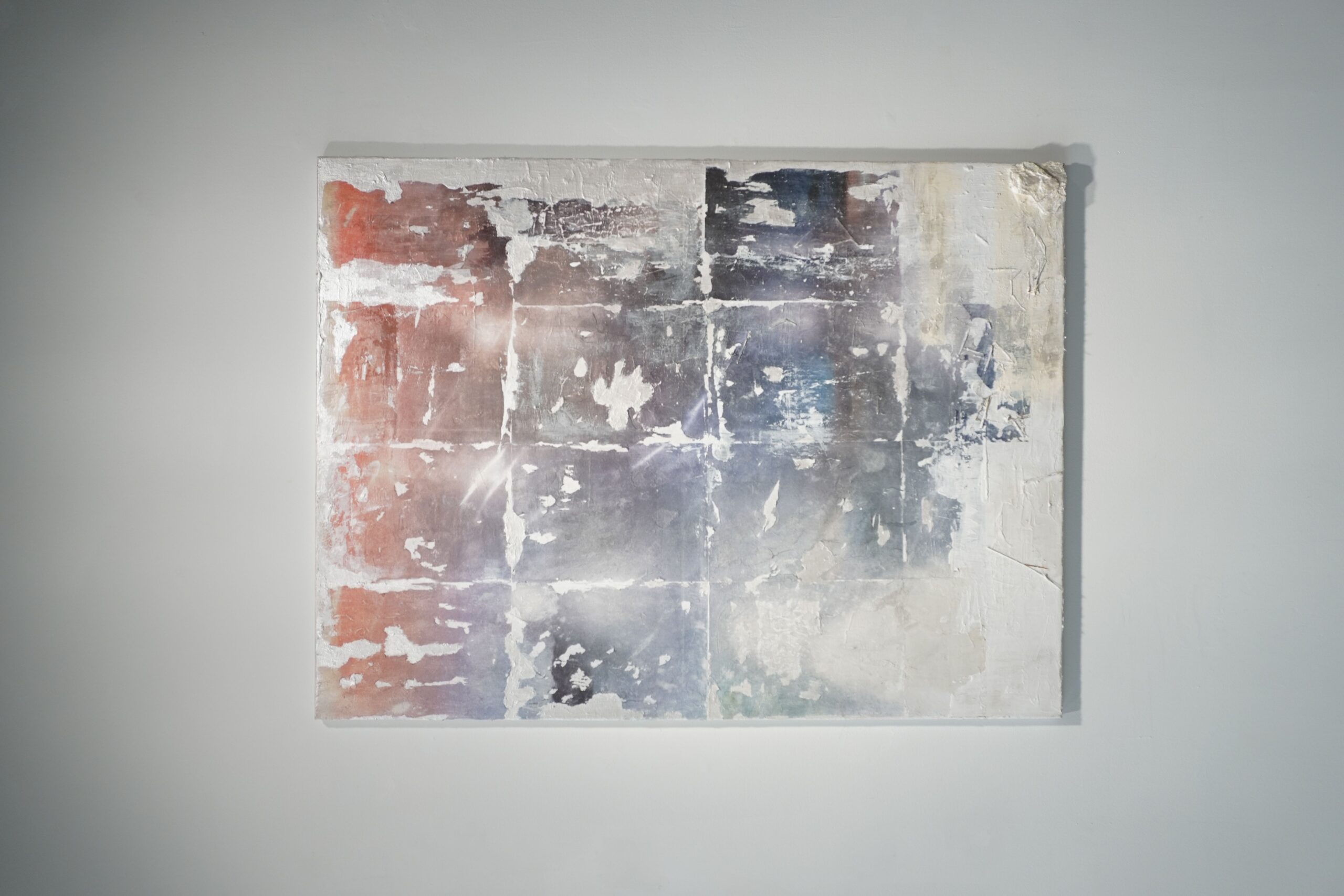
Shadow and Memory in When You Look at Me
Within this context, Qiaosi Chen’s contribution stands out for its emotional depth and introspective precision, offering a haunting view into the disintegration — and reconstruction — of the self. Chen’s work When You Look at Me is an elegant meditation on identity, memory, and perception, exploring what happens when the boundary between self and other begins to blur. The piece centers on the delicate instability of the self: memory here “erodes the self into shadow and surface,” presenting identity as a porous in-between state. In the artwork’s gaze, who is looking and who is seen become entangled. There is a sense of fractured introspection – a feeling that one might catch a reflection of a face or a moment, only for it to dissolve upon scrutiny. When You Look at Me invites the viewer into this liminal space where one’s presence and the artist’s own memory mingle, challenging the solidity of personal identity.
Eroded Surfaces and Blurred Windows of Self
Visually, When You Look at Me speaks in a language of eroded surfaces and blurred forms. The mixed-media piece (30×40 inches on canvas) incorporates weathered textures and ghostly imagery, as if the very materials have been worn by remembering and forgetting. As Chen’s own description notes, the work “explores the fluid dynamics between the self and its surroundings — other individuals, environments, and inner consciousness,” suggesting that identity is not a fixed portrait but a shifting reflection of everything it encounters. Memories appear as “fragile surfaces” that distort with each act of recollection, layers of paint or print veiling and revealing forms like half-remembered faces. The composition is built like a window or mirror – a rectangular portal that evokes the sensation of peering through a window. Yet one cannot quite reach what lies behind the glass. The viewer is held at a slight remove, “invited to observe without full access”. This deliberate obstruction creates a quiet tension: we can look in on the scene or figure, but we cannot fully penetrate it, mirroring the instability of perception itself. In this act of viewing-without-entering, Chen dissolves the boundary between looking and being looked at. The very title When You Look at Me becomes a subtle interchange — the “me” could be the artist, the viewer, or anyone at all. As the artist elegantly puts it, “‘me’ becomes interchangeable: it could be anyone, anything — a dissolving subject between light and surface.” In other words, the work renders identity transparent and contingent, a fleeting impression that hovers between viewer and viewed.
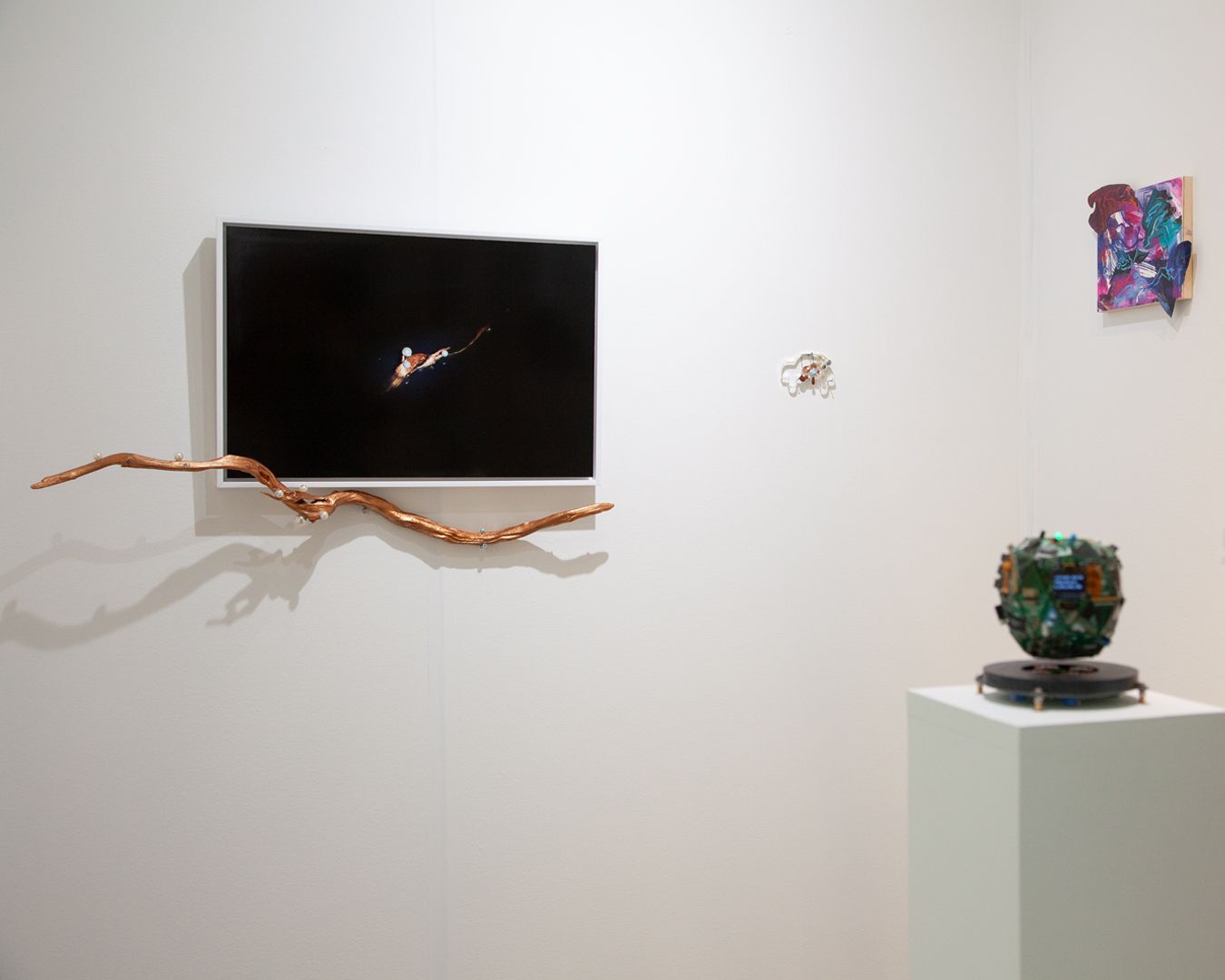
Collapse as a Space for Reconstruction
Despite its gentle melancholy, When You Look at Me is ultimately a generative kind of collapse. By eroding the clear border between self and other, Chen opens up a space of empathy and reconstruction. The instability in the work is not chaos for its own sake, but a means to “rearrange” perception and allow new understandings to emerge. This reflects the larger ethos of Breath in Collapse, where disorder is embraced as creative force. Chen’s piece embodies the show’s central question: Can the breakdown of a stable identity become an entry point to something new? Here the answer is a quiet yes. The collapse of a singular, knowable self yields a more fluid selfhood that can merge with memories, environments, and other people. The artwork’s window-like structure hints at new connections forming in the void. What seems like a loss — the self dissolving into shadows — becomes a tender gain: a self rebuilt as part of a shared, collective experience. In the context of the exhibition, which ranges from high-tech dystopias to ecological dramas, Chen’s intimate work adds a human scale to the idea of collapse as renewal. It suggests that personal instability — the feeling of not being entirely solid or separate — can be, in its own way, healing. Through blurred boundaries, something larger and more inclusive can take root.
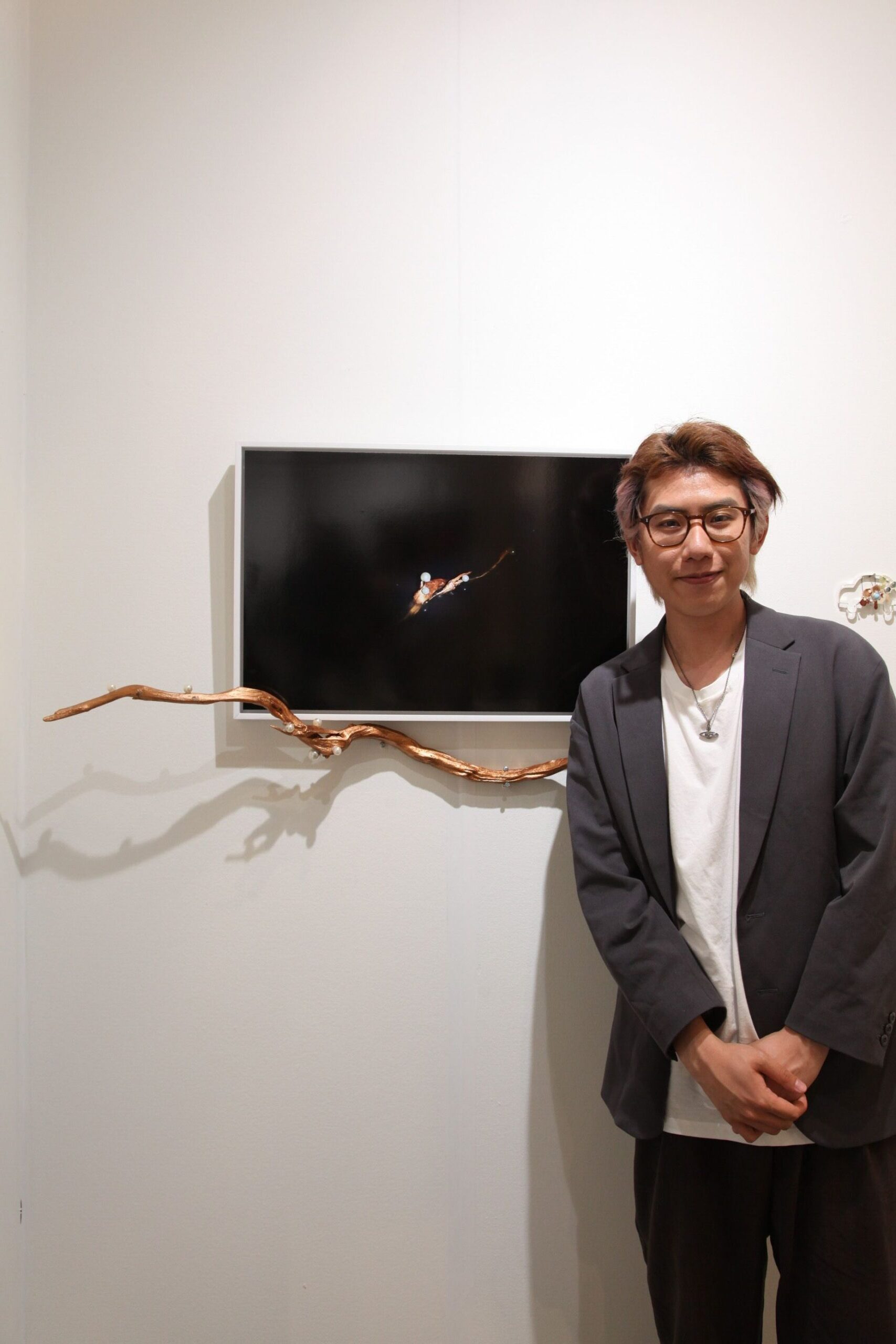
From Everything Was True For A Moment to an Emerging Vision
Chen’s explorations in Breath in Collapse follow on the success of his solo show Everything Was True For A Moment (April 25–May 8, 2025, also at A Space Gallery), an exhibition that confirmed the quiet power of his vision. That solo debut was both a critical and emotional success, drawing praise for its contemplative depth and cohesive poetics. Visitors were invited to step into “Qiaosi Chen’s world of flickering truths and fragile myths” – an immersive environment where fragmented memories coalesced into brief moments of clarity. Critics noted the “fragmented, non-linear visual language” of the show and its ability to evoke “instants of clarity amid ambiguity”. Rather than delivering a loud manifesto, the exhibition unfolded as a “quietly profound journey”, one that asked viewers to “follow a thread of memory here, a glint of metaphor there” and trust in feeling over explanation. Many remarked on the emotional resonance of Chen’s work – meaning in his art often arrives “whispered… felt in the gut, even if it can’t be fully articulated”. Such responses speak to the heartfelt connection Chen’s art forges with its audience.
Qiaosi Chen is one of the most distinctive and quietly visionary multimedia artists of his generation. Trained in both engineering and design, he moves fluently between technology and myth, logic and intuition, crafting art that is innovative yet deeply humane. Working across video, installation, photography, and performance, Chen has developed a signature approach that resists grand narratives and instead finds truth in ephemeral moments and personal myths. His success at A Space – from the group context of Breath in Collapse to the personal narrative of Everything Was True For A Moment – underscores a remarkable artistic voice coming into its own. In Chen’s work, instability becomes a site of poignant beauty, and collapse becomes an act of creation. With a contemplative voice and a fearless embrace of uncertainty, Qiaosi Chen is charting new territory where the self melts into the world, and art, like breath, arises gently from collapse.
Source: Dissolving Boundaries: Qiaosi Chen's When U Look at Me




